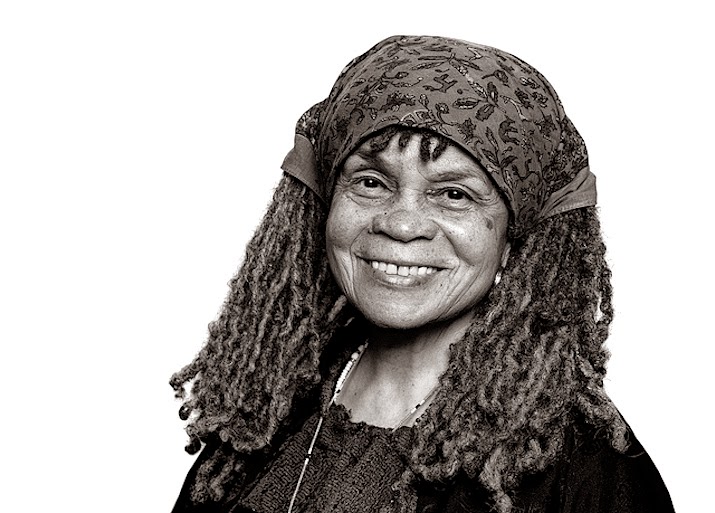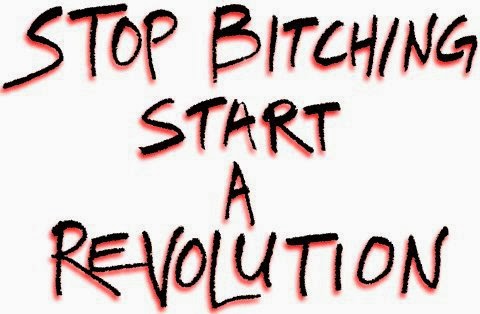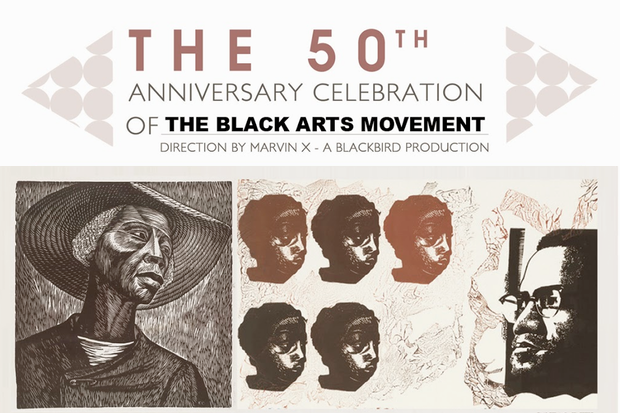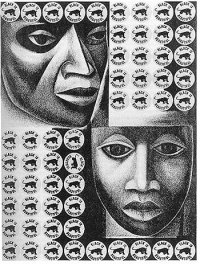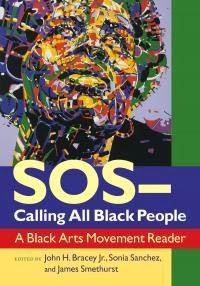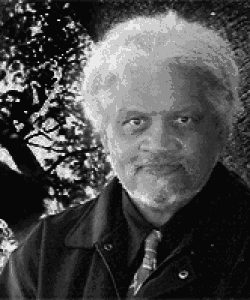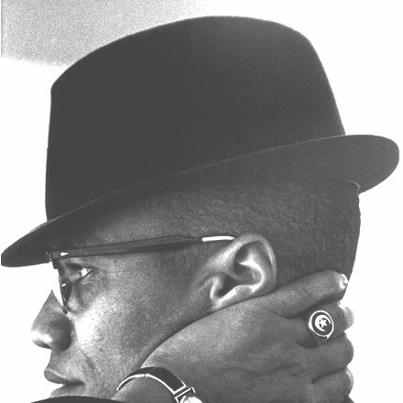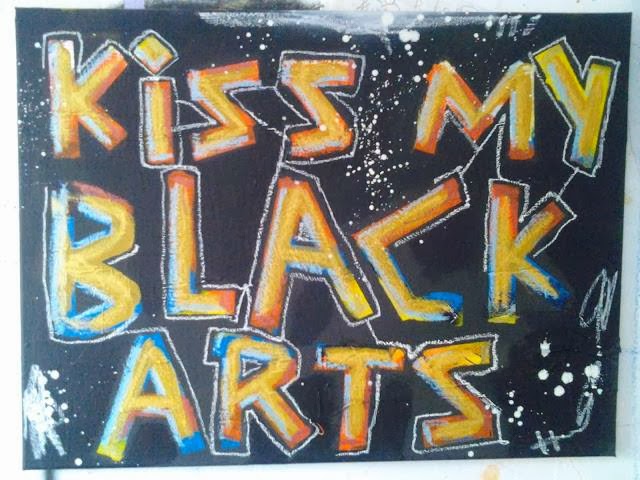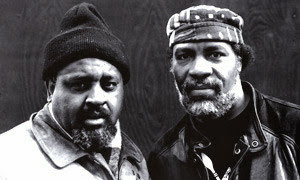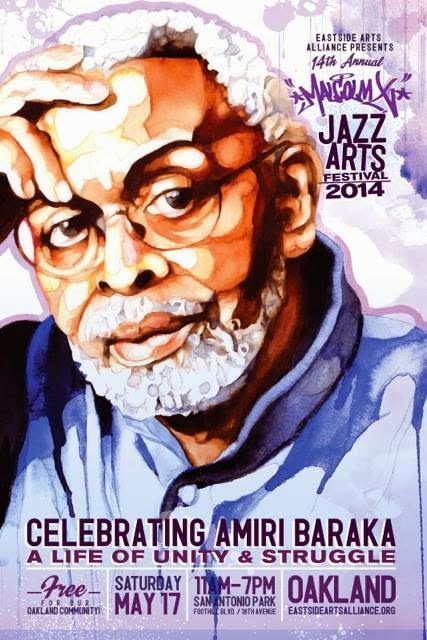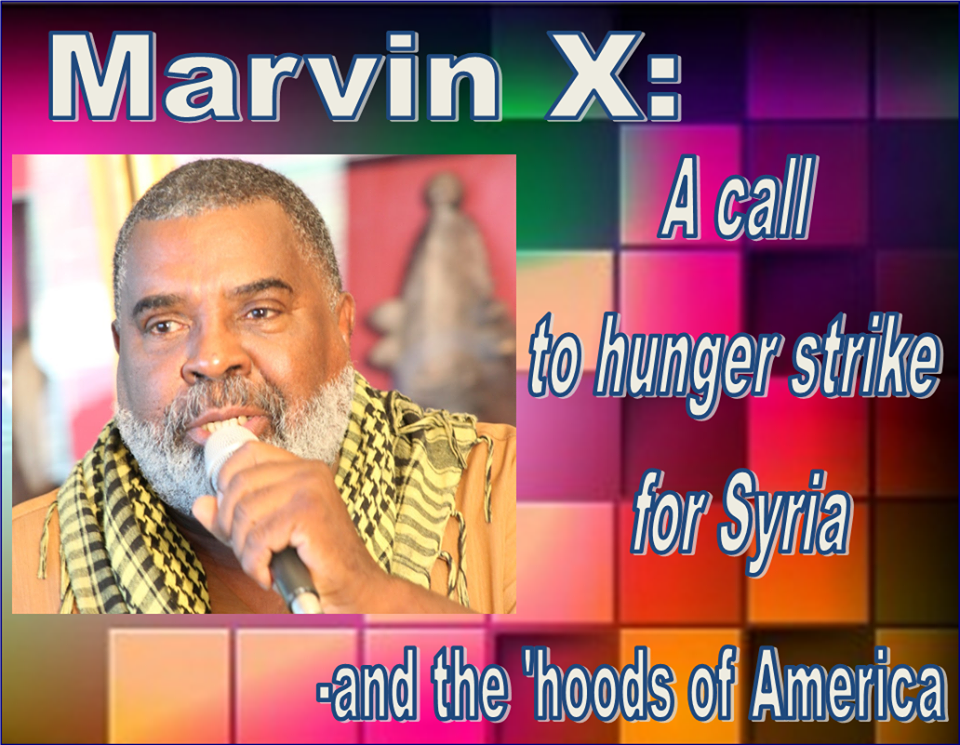People's Assembly’s Overview: The Jackson People’s Assembly Model
Written by Kali Akuno for the New Afrikan People’s Organization and the Malcolm X Grassroots Movement
“We must practice revolutionary democracy in every aspect of our Party life. Every responsible member must have the courage of his responsibilities, exacting from others a proper respect for his work and properly respecting the work of others. Hide nothing from the masses of our people. Tell no lies. Expose lies whenever they are told. Mask no difficulties, mistakes, failures. Claim no easy victories….” – Amilcar Cabral
Brief Synopsis
People denied their agency and power and subjected to external authority need vehicles to exercise their self-determination and exert their power. A People’s Assembly is a vehicle of democratic social organization that, when properly organized, allows people to exercise their agency, exert their power, and practice democracy – meaning “the rule of the people, for the people, by the people” - in its broadest terms, which entails making direct decisions about the economic, social and cultural operations of a community or society and not just the contractual (“civil”) or electoral and legislative (the limited realm of what is generally deemed to be “political”) aspects of the social order.
What the People’s Assembly Is
A People’s Assembly first and foremost is a mass gathering of people organized and assembled to address essential social issues and/or questions pertinent to a community.
“Mass” can be and is defined in numerous ways depending on one’s views and position, but per the experience of the New Afrikan People’s Organization (NAPO) and the Malcolm X Grassroots Movement (MXGM) in Jackson, Mississippi, we define it as a body that engages at least 1/5th of the total population in a defined geographic area (neighborhood, ward or district, city, state, etc.). We have arrived at this 1/5th formula based on our experience of what it takes to have sufficient numbers, social force, and capacity to effectively implement the decisions made by the assembly and ensure that these actions achieve their desired outcomes.
“Addressing essential social issues”, means developing solutions, strategies, action plans, and timelines to change various socio-economic conditions in a desired manner, not just hearing and/or giving voice to the people assembled.
Secondly, another defining characteristic of a truly democratic Assembly is that it calls for and is based upon “one person, one vote”. Agency is vested directly in individuals, regardless of if the Assembly makes decisions by some type of voting process or some form of consensus. This aspect of direct engagement, direct democracy, and individual empowerment is what separates a People’s Assembly from other types of mass gatherings and formations, such as Alliances or United Fronts, where are multitude of social forces are engaged.
However, given these two basic defining characteristics, it should be noted that there are still different types of People’s Assembly’s. Within NAPO/MXGM we break Assemblies down into 3 essential types.
1. United Front or Alliance based Assembly.
This type of Assembly is typically a democratic forum that is populated and driven by formally organized entities (i.e. political parties, unions, church’s, civic organizations, etc.) that mobilize their members to participate in broad open decision making sessions with members from other organizations and/or formations. What makes this different then a typical alliance or coalition is that the organizations and their leaders do not make the decisions on behalf of their members in these spaces; members make decisions as individuals within the general body. The main limitation with this type of Assembly formation is that they tend to remain “top heavy”. The various organizational leaders often to do not disseminate adequate information about meetings, or inform their members about decisions and activities of the Assembly. And there is the problem is that many organizations do not have consolidated members or a base that they can turn out, instead they are legitimated by their history, social position, or the charisma of their leadership.
2. Constituent Assembly.
This type of Assembly is a representative body, not a direct democratic body of the people in their totality. This type of Assembly is dependent on mass outreach, but is structured, intentionally or unintentionally, to accommodate the material (having to work, deal with childcare, etc.) and social limitations (interest, access to information, political and ideological differences, etc.) of the people. The challenge with this type of Assembly is that if it doesn’t continue to work to bring in new people (particularly youth) and struggle and strive politically to be mass in its character, then it tends to become overly bureaucratic and stagnant over time.
3. Mass Assembly. The Mass Assembly is the broadest example of people’s democracy. It normally emerges during times of acute crisis, when there are profound ruptures in society. These types of Assemblies are typically all-consuming, short-lived entities. Their greatest weakness is that they typically demand those engaged to give all of their time and energy to the engagement of the crisis, which over time is not sustainable, as people eventually have to tend to their daily needs in order to sustain themselves, their families, and communities.
The Jackson Assembly Model
At present, the Jackson People’s Assembly operates in a space in-between a Constituent and Mass Assembly. In the main, it operates as a Constituent Assembly, engaging in a number of strategic campaigns (such as defending the 1% Sales Tax which was voted in by the residents of Jackson in January 2014) and initiatives (such as support for Cooperation Jackson, see www.CooperationJackson.org for more details) to address the material needs of our social base and to extend its power. This is based primarily on the material limitations imposed on the base and the members of the People’s Task Force (see below for more details on the Task Force) by the daily grinds of the capitalist social order (i.e. tending to work, child care, health, and transportation challenges, etc.). There have also been some political challenges it has confronted over the past year adjusting both to the Mayoral ship of Chokwe Lumumba and how to relate to it, and how to address the sudden loss of Mayor Lumumba and the counter-reaction to the people’s movement that facilitated the election of Mayor Tony Yarber in April 2014. However, during times of crisis the Assembly tends to take on more of a mass character, such as during the immediate passing of Mayor Lumumba in late February 2014 to defend the People’s Platform (devised by the Assembly) and many of the initiatives the Lumumba administration was pursuing to fulfill it. It should be noted however, that even though the current practice in Jackson tends towards the Constituent model, the aim is to grow into a permanent Mass Assembly. The People’s Assemblies that MXGM and NAPO are working to build in Jackson and throughout the state of Mississippi, particularly its eastern Black belt portions, are designed to be vehicles of Black self-determination and the autonomous political authority of the oppressed peoples’ and exploited classes contained within the state. The Assemblies are organized as expressions of participatory or direct democracy, wherein there is guided facilitation and agenda setting provided by the committees that compose the People’s Task Force, but no preordained hierarchy. The People’s Task Force is the working or executing body of the Assembly. The Task Force is composed of committees that are organized around proposals emerging from the Assembly to carry out various tasks and initiatives, such as organizing campaigns (like Take Back the Land) and long-term institution building and development work (like land trusts and cooperative housing).
The People’s Assemblies model advanced by MXGM and NAPO as a core component of the J – K Plan have a long, rich history in Mississippi and in the Black Liberation Movement in general. The roots of our Assembly model are drawn from the spiritual or prayer circles that were organized often clandestinely by enslaved Afrikans to express their humanity, build and sustain community, fortify their spirits and organize resistance. The vehicle gained public expression in Mississippi with the organization of “Negro Peoples Conventions” at the start of Reconstruction to develop autonomous programs of action to realize freedom, as Afrikans themselves desired it and to determine their relationship to the defeated governments of the Confederacy and the triumphant government of the Federal Republic.
This expression of people’s power remerged time and again in the New Afrikan communities of Mississippi as a means to resist the systemic exploitation and terror of white supremacy and to exercise and exert some degree of self-determination. The last great expression of this vehicle of Black people’s self-determined power in Mississippi occurred in the early 1960’s. It was stimulated by a campaign of coordinated resistance organized by militant local leaders like Medgar Evers that drew on the national capacity and courage of organizations like the Student Non-Violent Coordinating Committee (SNCC) and the Congress of Racial Equality (CORE). This campaign created the democratic space necessary for New Afrikan communities in Mississippi to organize themselves to resist more effectively. Broad, participatory-based People’s Assemblies were the most common form of this self-organization. One of the most memorable outgrowths of this wave of Peoples Assemblies in Mississippi was the creation of the Mississippi Freedom Democratic Party (MSFDP), which challenged the hegemonic control over the Black vote on a state and local level since the New Deal, and remains a vehicle that serves as a constant reminder for the need for genuine Black equality and self-determination to this day.
2 Basic Functions of a People’s Assembly
Regardless of their type, People’s Assemblies have two broad functions and means of exercising power:
1. They organize “autonomous”, self-organized and executed social projects. Autonomous in this context means initiatives not supported or organized by the government (state) or some variant of monopoly capital (finance or corporate industrial or mercantile capital). These types of projects range from organizing community gardens to forming people’s self-defense campaigns to housing occupations to forming workers unions to building workers cooperatives. On a basic scale these projects function typically as “serve the people” or “survival programs” that help the people to sustain themselves or acquire a degree of self-reliance. On a larger scale these projects provide enough resources and social leverage (such as flexible time to organize) to allow the people to engage in essential fight back or offensive (typically positional) initiatives.
2. They apply various types of pressure on the government and the forces of economic exploitation in society. Pressure is exerted by organizing various types of campaigns against these forces, including mass action (protest) campaigns, direct action campaigns, boycotts, non-compliance campaigns, policy shift campaigns (either advocating for or against existing laws or proposed or pending legislation), and even electoral campaigns (to put someone favorable in an office or to remove someone adversarial from office).
How to Carry Out the Functions of the Assembly
In order to carry out these critical functions, an Assembly must organize its proceedings to produce clear demands, a coherent strategy, realistic action plans, and concrete timelines. It must also organize itself into units of implementation, committee’s or action groups, to carry out the various assignments dictated by the strategy and action plans.
When considering these functions and how they are executed In Jackson, it is critical to note that our model makes clear distinctions between the Assembly as an “event”, the Assembly as a “process”, and the Assembly as an “institution”. In Jackson, the Assembly, as an event, is where we take up general questions and issues and deliberate and decide on what can, should, and will be done to address it. The process of the Assembly, where the more detailed questions of strategy, planning, and setting concrete timelines, measurable goals, and deliverables are refined is conducted through the People’s Task Force and the various committees and working groups of the Assembly. The Assembly as an institution is a product of the combined social weight of the Assembly’s events, processes, actions, and social outcomes.
Basic Organizing Assumptions
There are three basic assumptions that are being made in this paper that must be surfaced for anyone thinking of organizing a People’s Assembly (following this model or any other model in our experience and study). In our experience, forces attempting to organize a People’s Assembly that don’t explicitly address these assumptions tend to struggle and/or outright fail. These assumptions are:
1. The social forces organizing the People’s Assembly must have the ability to mobilize and assemble a significant amount of people to participate and engage in a democratic process (review our 1/5th formula above). This typically means that the social force or forces organizing the Assembly have already built a significant base and are able to or committed to scaling up.
2. The social forces organizing the People’s Assembly have experience participating in, and ideally facilitating broad democratic processes (participating in democratic processes is more important than having experience facilitating a processes, as facilitation is a skill we encourage all to learn and should not be a prerequisite of participation).
3. The social forces organizing the People’s Assembly are willing or experienced in engaging in broad democratic processes guided by norms established, accepted, and self-enforced by the assembled body (see Key Components below).
Key Components of the Assembly “Event”
In order to make sure that the Assembly as an event is effective, we recommend that each of the following be clearly articulated and in place.
1. Group Norms and Codes of Conduct.
These should be co-constructed by the participants of the Assembly, and should be crafted at the start of an Assembly formation. These Norms and Codes should cover everything from how to facilitate a meeting, how to raise a question, how to raise an objection, how to keep the Assembly from being dominated by a few individuals, how check with various forms of privilege and power, and how to arrive at decisions and conclusions. The Norms and Codes should be visited and/or referenced at each Assembly event to ensure that all participants, old and new, know what they are and that they constitute the guiding operating principles of the Assembly that ensures that it is productive and truly democratic.
2. Clear Agenda.
To the greatest extent possible, everyone who attends the Assembly should know the Agenda before the Agenda meeting. Even when this has been communicated, it is essential that the Agenda be reviewed at the beginning of each and every Assembly meeting so that all participants are clear on what it is and what the Assembly is seeking to accomplish.
3. Clear Goals and Objectives.
Each Assembly event should be clear on what it is focused on accomplishing. It is trying to investigate an issue, is it trying to address an issue (as in trying to solve it), or is it merely sharing information for folks to start investigating and deliberating on a question. This is critical to not waste people’s time and energy.
4. Clear and Concise Questions. These are necessary for the Assembly to sufficiently address a social question, engage in clear deliberations regarding it, and make sound decisions on how to address it. Bad questions can and will lead to run on discussions and inconclusive deliberations.
5. Strong, but even handed Facilitation. We recommend that each Assembly event have multiple Facilitators, playing mutually supportive roles. The Facilitators must be prepared to move the agenda, move the process(es), and intervene when and where necessary to ensure that everyone is abiding by the Assembly Norms and Codes of Conduct.
6. Detailed Note Taking. It is critical that detailed notes are taken and disseminated. These are essential not only for detailing what deliberations and decisions have been made, but to hold the Assembly as an institution accountable to itself and to the community.
7. Next Steps and Follow Up Procedures. At the end of each Assembly event the Facilitators should reiterated what decisions have been made and which body or group of the Assembly is responsible for carrying it out, how, and by when. The Facilitators should also move the group to ensure that each committee or working group has the capacity to fulfill the task or help it add to its capacity by recruiting more participants in the Assembly to get involved. The People’s Task Force is also tasked with making sure that each committee is clear about what its task is, that it has the resources it needs to accomplish its task, reiterate when it is expected to accomplish it, and aid it by organizing more support to the committee should it require it.
Key Components of the Assembly as a “Process”
Although the authority of the Assembly is expressed to its highest extent during the mass “events”, the real work of the Assembly, which enables it to exercise its power, is carried out through the organizing bodies and processes of the Assembly. The People’s Task Force and various Committee’s and Working Groups are the primarily organizing bodies of the Assembly. These bodies execute the “work” of the Assembly – the outreach, networking, fundraising, communications, intelligence gathering, trainings, and campaigning of the Assembly.
In our People’s Assembly model, the People’s Task Force serves as the Coordinating Committee of the Assembly. The Task Force is a body directly elected by the Assembly, serve at its will, and is subject to immediate recall by the Assembly (meaning that they can be replaced, with due process, at any time). The primary function of the Assembly is to facilitate the work of the Committee’s and the Working Groups. Which includes, ensuring that the Committee’s and Working Groups regularly meet, or meet as often as is deemed necessary; ensuring that each body has as a facilitator, an agenda, and note takers (if not provided by the Committee or Working Group itself); facilitating communication between Committee’s and Working Groups; ensuring that all of the actions of the Committees and Working Groups are communicated thoroughly to the Assembly; and coordinating the logistics for the Assembly gatherings.
Committee’s are standing, meaning regularly constituted bodies of the Assembly to deal with certain functions and/or operations of the Assembly. The basics include: Outreach and Mobilization, Media and Communications, Fundraising and Finance, and Security. Working Groups are campaign or project oriented bodies. They emerge and exist to execute a decision of the Assembly to accomplish certain time limited goals and objectives. Examples drawn from our experience include Working Groups that successfully campaigned for the release of the Scott Sisters, forced the Federal government to provide more housing aid to Internally Displaced Persons from New Orleans and the Gulf Coast after Hurricane Katrina, and successfully organized public transportation workers in alliance with the Assembly to save JTRAN (Jackson’s Public Transportation) and provide its workers with higher wages. All Committees and Working Groups operate on a volunteer principle, and for the most part, Committee and Working Group members participate on a self-selecting basis.
The Assembly “Institution”
Most People’s Assembly’s are relatively short-lived bodies, existing only for weeks or months, which does not allow or enable them to become “social” institutions. The Jackson People’s Assembly, in its present iteration (NAPO/MXGM organized a People’s Assembly in the early 1990’s that fought the Klu Klux Klan and designated human rights veteran Henry Kirksey to be first major Black candidate for Mayor), has been in continuous operation since 2005. Unlike many other models or examples of People’s Assembly’s, our model is focused on building an ongoing process and an enduring base of power. Sustainability is one thing that makes our Assembly an institution. But, it is not the only thing. What validates the Assembly as an institution more than its staying power is its social weight, which is its ability to act as a “dual power” or counterweight to the policies and actions of the government and local and regional business interests (i.e. capital).
It is the combination of staying power and attained social weight that makes the People’s Assembly a social institution in its own right. But, it should be noted that becoming a counterweight or a dual power was not by accident, it was by design, and required strategic thought, detailed planning, intensive education, capacity building, trust building, persistence and determination. We mention this because we want to encourage all those who are considering building a People’s Assembly to take the task of building an institutional vehicle of “dual power” seriously, as we think this is the primary reason to build this type of social movement vehicle.
What an Assembly Can Accomplish
When we look at the experiences of various people’s and social movements throughout history and throughout the world, we see that People’s Assemblies can and do wield different types of power (all contingent on factors of space, time, conditions, and balance of forces). Throughout the world today, People’s Assembly’s have been and are used to revolutionize people’s daily lives, change the balance of power in societies, and in some recent (meaning the last 5 years) instances have toppled governments and ushered in revolutionary change. Some examples include: Nepal, Greece, Spain, Tunisia, Egypt, and Burkina Faso to name a few.
What follows is a brief breakdown of what People’s Assembles have and can accomplish, based on the aforementioned and many other historic examples.
b. During periods of progressive or radical upsurge an Assembly can push for structural reforms and engage in mid-to scalable autonomous projects. One of the best examples of the exercise of this type of power are how the various Assembly’s in Venezuela were able to push and enable the progressive administration of President Hugo Chavez to make radical changes to the nation-states constitution between 1998 and 2010. Venezuela during this period is also a good example of what scalable autonomous projects can look like, such as the numerous cooperatives that were built, the housing developments that were constructed, and the significant land transfers that took place. Argentina during and after the crisis of 2000 – 2001 offers another critical example, of how the Assembly’s there encouraged workers to seize numerous factories and turn them into cooperatives.
c. During pre-revolutionary periods an Assembly can function as a genuine “dual power” and assume many of the functions of the government (state). Perhaps the best example of this over the past 10 years comes from the revolutionary movement in Nepal, where the revolutionary forces stimulated and organized Assembly’s to act as a direct counterweight to the monarchial government and the military. Ultimately, resulting in the establishment of a constitutional democracy and a more “representative” legislative body. Another recent example comes from Chiapas, Mexico from 1994 until the mid-2000’s when the Zapatistas were able create extensive zones of “self-rule” and “autonomous production” that was governed by Assemblies.
d. During revolutionary periods an Assembly can effectively become the government (state) and assume control over the basic processes and mechanisms of production. There have been few experiences or examples of Assemblies commanding this much power since the 1980’s in places like Haiti, the Philippines, Nicaragua, Burkina Faso, and Grenada. The recent experiences that come closest are Egypt in winter 2011 and summer 2013, and Nepal during stretches between 2003 and 2006.
e. During periods of retreat an Assembly must defend the people and the leadership that has emerged and developed, fight to maintain as many of the gains it won as possible, and prepare for the next upsurge. The experiences of the Lavalas movement in the early 1990’s and mid-2000’s is perhaps the best example of how Assemblies and other people’s organizations can weather the storm of counter-revolutions and defeats.
Leadership of an Assembly should be able to make clear distinctions between these periods and understand how, why, and when to act as a counter-hegemonic force during stable and pre-revolutionary periods of the current social system, and how, why and when to act as a hegemonic force during revolutionary periods. It must also be able to make distinctions during each period between acts of positioning (i.e. building allies, assembling resources, and changing the dominant social narratives, etc.) and acts of maneuvering (i.e. engagements of open confrontation and conflict with the repressive forces of the state and capital).
“Do note be afraid of the people and persuade the people to take part in all of the decisions which concern them – this is the basic condition of revolutionary democracy, which little by little we must achieve in accordance with the development of our struggle and our life.” – Amilcar Cabral
“…we’re trying to get ourselves organized in such a way that we can become inseparably involved in an action program that will meet the needs, desires, likes or dislikes of everyone that’s involved. And we want you involved in it…We are attempting to make this organization one in which any serious-mined Afro-American can actively participate, and we welcome your suggestions at these membership meetings…We want your suggestions; we don’t in any way claim to have the answers to everything, but we do feel all of us combined can come up with an answer… With all of the combined suggestions and the combined talent and know-how, we do believe that we can devise a program that will shake the world." - Malcolm X
--
In Unity and Struggle, Kali
Visit:
![]()
![]()


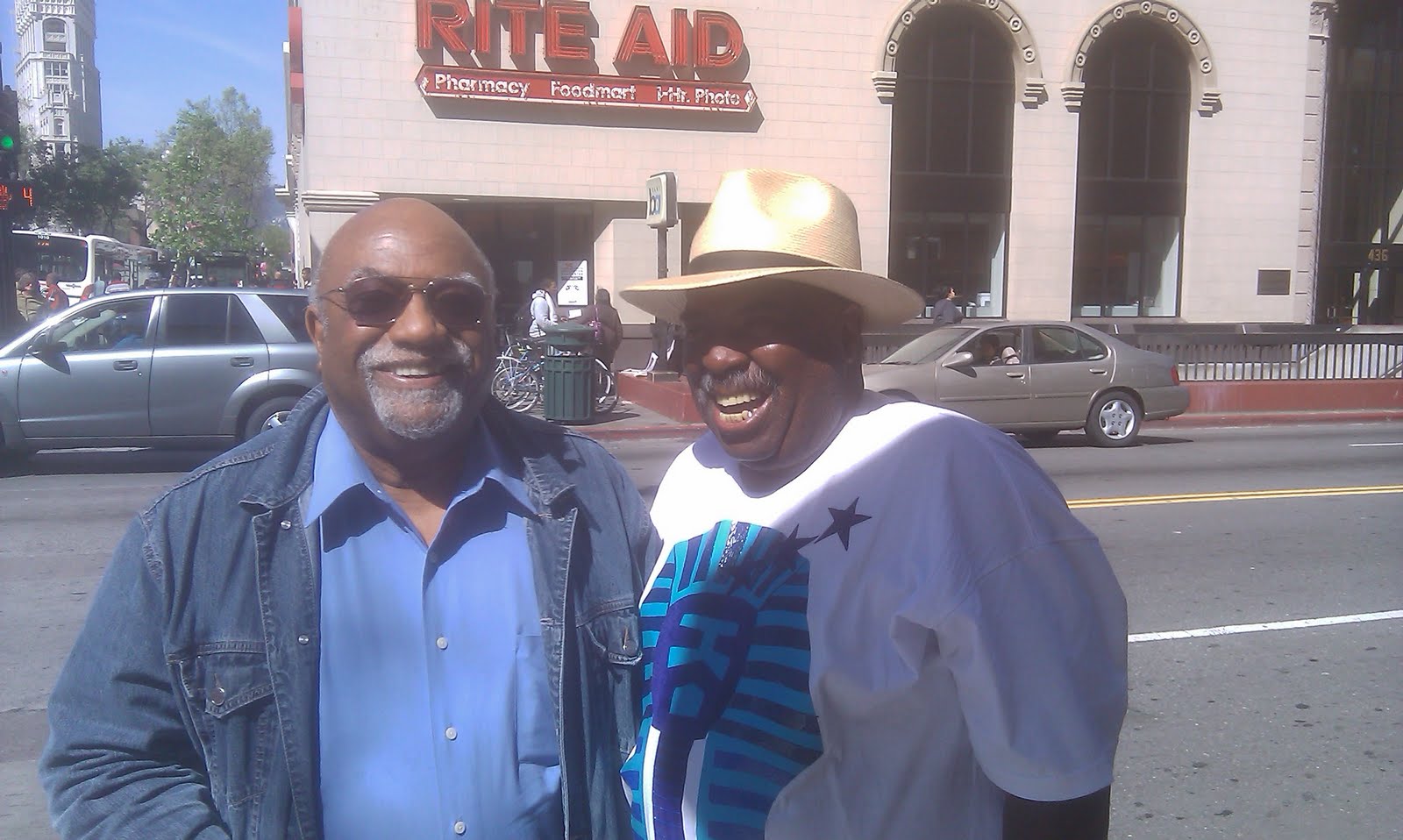
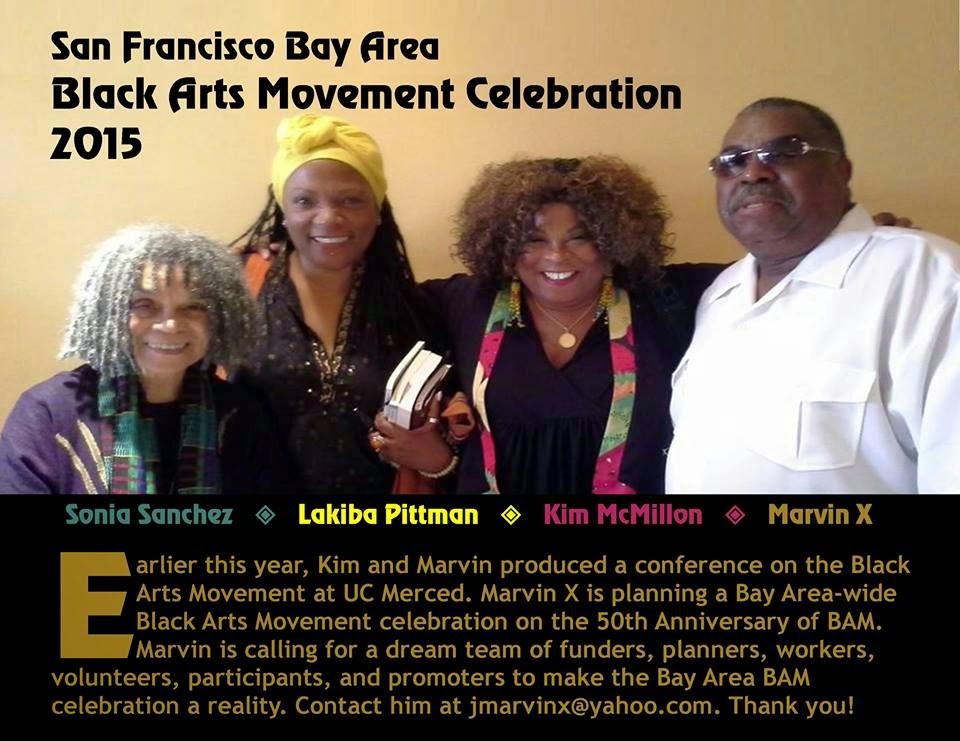

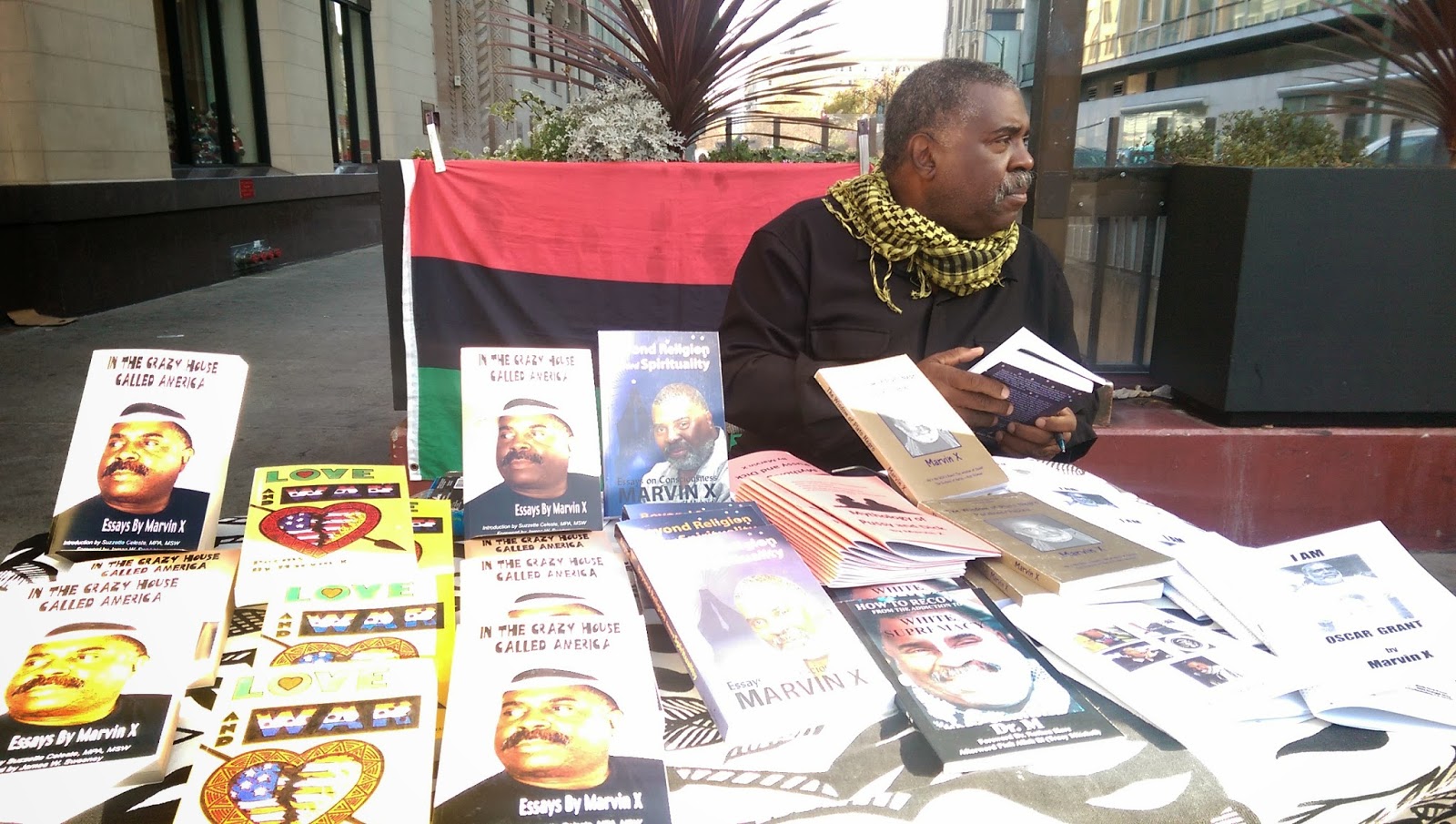

































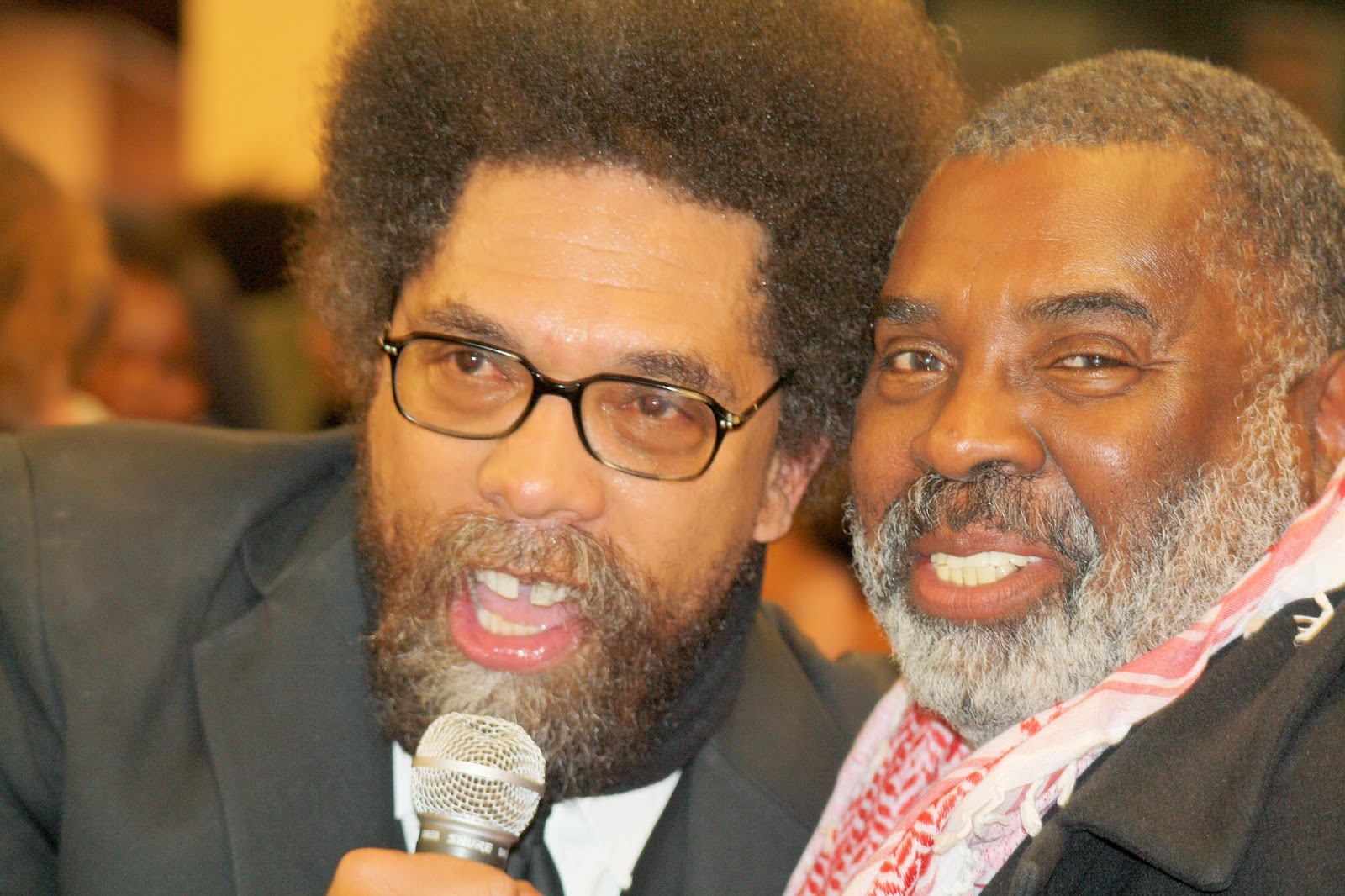




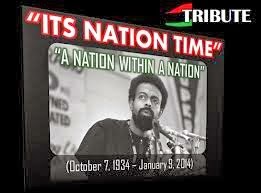





















.jpg)









